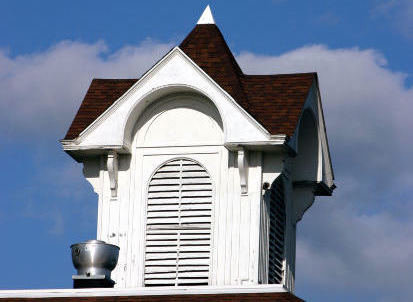What kinds of factors did homebuyers consider in 2013 when making their purchase?
Homebuyers have a multitude of factors to consider when deciding upon a home purchase, but inevitably, certain factors will be more important than others.
For an idea on what factors proved the most important to homebuyers in 2013, we sifted through NAR’s latest Profile of Home Buyers and Sellers:
1. Quality is King – The quality of the neighborhood remained an important factor for homebuyers, with 63 percent citing its importance; also prominent was quality of schools, at 29 percent, and quality of neighborhood design, at 28 percent.
2. Convenience is Paramount – Unsurprisingly, homebuyers in 2013 showed an overwhelming preference for convenience and proximity. Whether it was convenience to work (48 percent); convenience to family and friends (38 percent); convenience to shopping (26 percent); convenience to schools (22 percent); or convenience to entertainment/leisure activities (20 percent), we can safely say that walkability, and the density that it implies, will be a key concept in housing going forward.
3. Easing the Commute – Sticking with the theme of walkability and proximity, commuting costs were hugely important to homebuyers, with a whopping 73 percent saying that transportation costs were important to their purchase decision process.
4. Energy Efficiency – “Green” features continued to gain in popularity with homebuyers; 85 percent, in fact, stated that heating and cooling costs in a home were important, and 68 percent wanted energy efficient appliances.
5. Contradictory Desires? – Though homebuyers prefer convenient, walkable neighborhoods to an overwhelming degree, single-family homes and suburbs are still the overwhelming choice. Eighty percent of homebuyers purchased a detached single-family home, compared to 7 percent buying a condo, 7 percent a townhouse and 6 percent another type of housing. Similarly, 53 percent opted for a suburb/subdivision, compared to 18 percent in a small town, 16 percent in an urban area, 11 percent in a rural area and 3 percent in a resort/recreation area.
